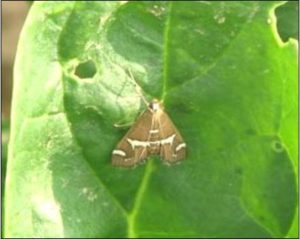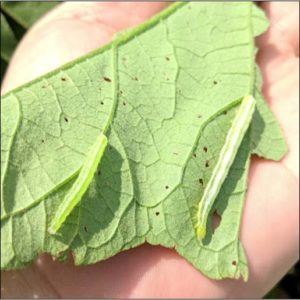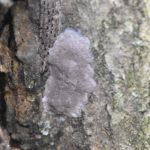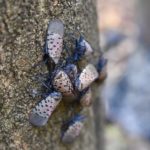With the closing of the Purdue grain facility in Bordontown, field crops growers are sending trucks to southeastern PA to deliver grain, and produce shippers and others may be working/delivering to warehouses there too. Burlington County Agricultural Agent Bill Bamka shares the following information about shipping into or out of Spotted Lanternfly (SLF) quarantine zones (including some northwestern NJ counties):
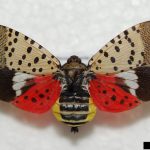
Spotted Lanternfly adult with wings spread. Adults are about 1″ long
Spotted Lanternfly is an invasive insect recognized as a threat to agriculture in New Jersey and the United States. Multiple states in the Mid-Atlantic area have SLF populations and/or quarantines in place. Currently New Jersey has quarantines in Warren, Hunterdon, and Mercer counties. Pennsylvania has a quarantine area of 14 counties across the southeastern portion of the state. [Read more…]
